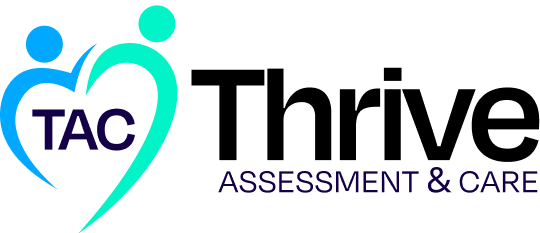IME cases involve multiple parties — insurers, lawyers, healthcare providers, and claimants — each needing access to specific information at different stages. Without clear role-based controls, miscommunication and data spillage are inevitable.
The Visibility Problem
In most insurance workflows, access to IME-related data is fragmented. A claims adjuster may need to chase down a medical report. A lawyer might not see updates in time. Providers may not know what legal questions need to be addressed in their reports.
This lack of visibility not only slows things down — it increases administrative overhead and the likelihood of mistakes.
The Power of Role-Based Access
Role-based access allows stakeholders to see only what they need, when they need it:
- Insurers: Can create and manage cases, access medical records, and receive final reports.
- Lawyers: Can view documentation relevant to the legal context, with comment access but no clinical edit permissions.
- Medical Experts: Can receive referral instructions, access patient history, and upload reports securely.
- Claimants (if applicable): Can be notified of appointment times or receive status updates (without access to medical/legal dialogue).
Benefits of Centralized Access Control
- Data Security: Sensitive information isn’t overshared.
- Efficiency: No need for manual filtering or forwarding.
- Clarity: Everyone understands their scope of action within the case.
How Thrive Enables This
Thrive’s platform has permission-based access at its core, allowing insurers to control who sees what and when. Combined with audit trails, it gives full transparency without overwhelming any one user.
Conclusion
Stakeholder visibility is not a luxury — it’s a necessity. Without it, delays multiply and compliance suffers. Role-based access ensures clarity, control, and confidence across every IME case.








